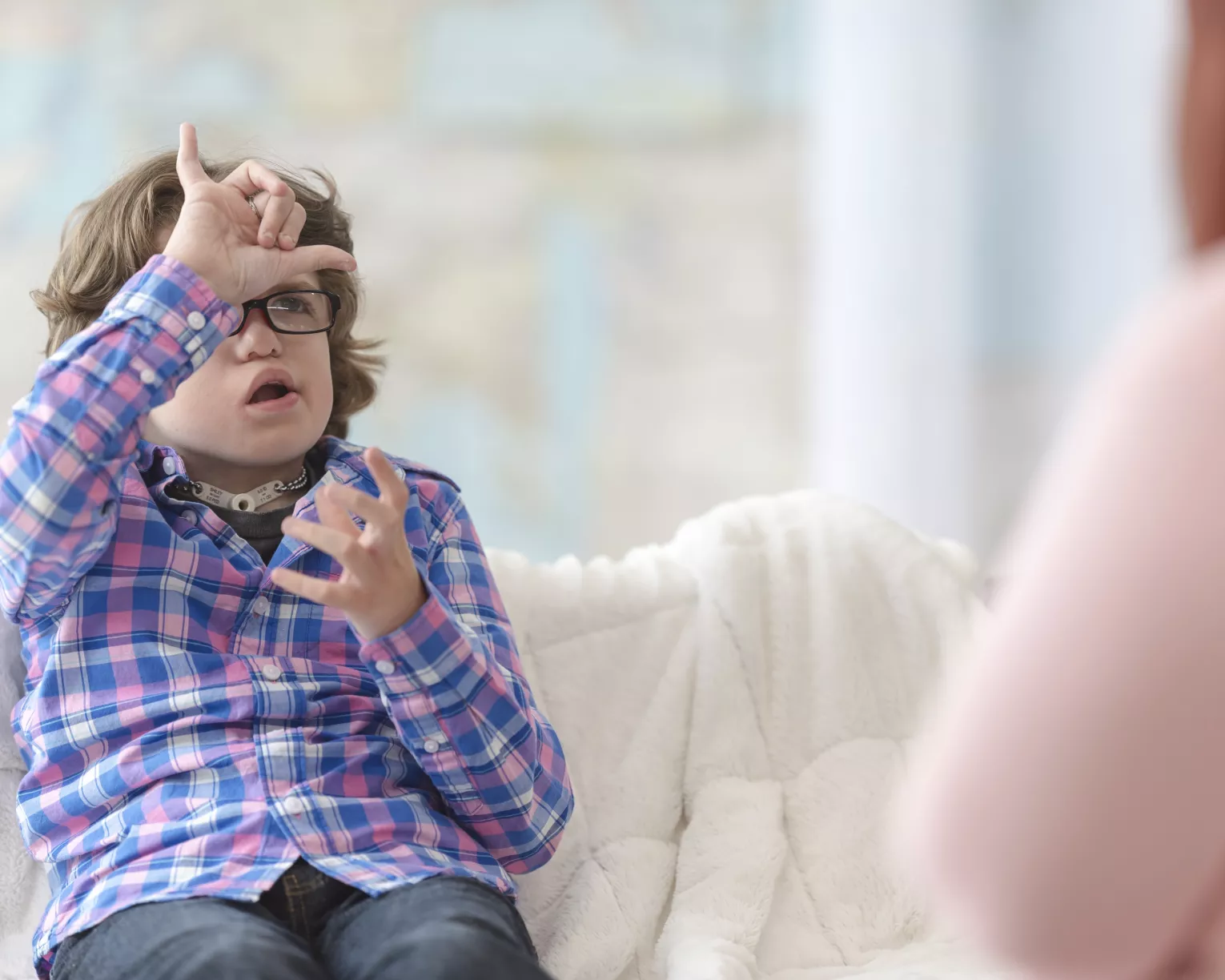Key Takeaways
What is Positive Behavioral Interventions and Supports?
Positive Behavioral Interventions and Supports (PBIS) is an evidence-based framework that schools can use to create a safe and positive learning environment for all students. It focuses on identifying, teaching, and reinforcing positive behaviors in students as well as using proactive strategies to address problematic behaviors. Overall, the purpose of PBIS is to improve outcomes—social, emotional, and academic—for every student, including students with disabilities and students from underrepresented groups.
How Does PBIS Work?
PBIS focuses on prevention over punishment by creating a behavioral system in which desired behaviors are taught and reinforced and undesired or problematic behaviors are discouraged. This system is often referred to as a “positive behavioral support plan” or PBSP. PBIS is based on the three-tier model of support:
Tier 1
Universal supports are provided to all students across all settings, including rules and expectations posters in classrooms and hallways, clear instructions for teachers and staff on how to handle behavioral problems, and positive reinforcement for good behavior. Tier 1 focuses on assessment and serves as the foundation upon which Tier 2 and Tier 3 are built. In order to develop an effective PBSP, it is necessary first to assess the current climate of the school or organization by collecting data on the types of challenging behaviors present as well as identifying any environmental factors that may contribute to these behaviors. When Tier 1 systems are in place, schools can better monitor when students and staff are thriving and quickly identify those students who are in need of additional supports.
Tier 2
Tier 2 practices and systems provide targeted interventions to specific groups of students who are at risk for or displaying problematic behaviors. Once an assessment has been completed and Tier 1 supports are in place, the next step is to implement intervention plans based on the findings, which includes specific strategies for teaching positive behaviors, rewarding good behavior, and discouraging problem behaviors.
Targeted interventions might include individualized behavior plans, counseling or therapy sessions, or intensive classroom management strategies. Specific Tier 2 interventions focus on social skills, self-management, and academic supports.
Tier 3
Tier 3 interventions are reserved for the most serious cases of problematic behavior and are often implemented in collaboration with community agencies, such as mental health clinics or social service organizations. A school’s Tier 3 team should include an experienced individual who can offer formal behavioral support, with applied behavioral and multi-agency support expertise. Tier 3 interventions may involve providing individualized instruction away from classmates, residential treatment programs, or hospitalization. Tier 3 students receive more intensive, individualized support to improve their behavioral and academic outcomes. It is important that a school’s Tier 3 team regularly evaluates the effectiveness of the PBSP and makes any necessary adjustments over time.
Five Myths Regarding PBIS
Myth No. 1: PBIS is only for kids with behavioral problems.
Reality: PBIS uses universal supports in schools for all students, not just for those who have behavioral issues. In fact, using PBIS can help prevent problematic behaviors from occurring in the first place.
Myth No. 2: PBIS is only a punishment program.
Reality: PBIS is a prevention program that aims to promote positive behaviors in all students. It does not involve punishment or discipline.
Myth No. 3: PBIS is too expensive to implement.
Reality: PBIS is one of the most cost-effective interventions available today. It has saved schools money in the long run by reducing suspensions and expulsions.
Myth No. 4: PBIS requires a lot of staff training to implement effectively.
Reality: While it’s true that some staff training is necessary when implementing PBIS, it’s not as much as you might think. Many online resources and trainings are available to help get your school up and running quickly.
Myth No. 5: Schools that use PBIS always have perfect behavior in classrooms/schools.
Reality: No teaching strategy or program works 100 percent of the time; there will always be times when students behave inappropriately, no matter how well your school’s implementation of PBIS is going. However, research has shown that schools that use PBIS see an improvement in student behavior overall. When things don’t go perfectly, problem-solving steps are put into place so that individual incidents can be addressed promptly.
Join Our Movement

